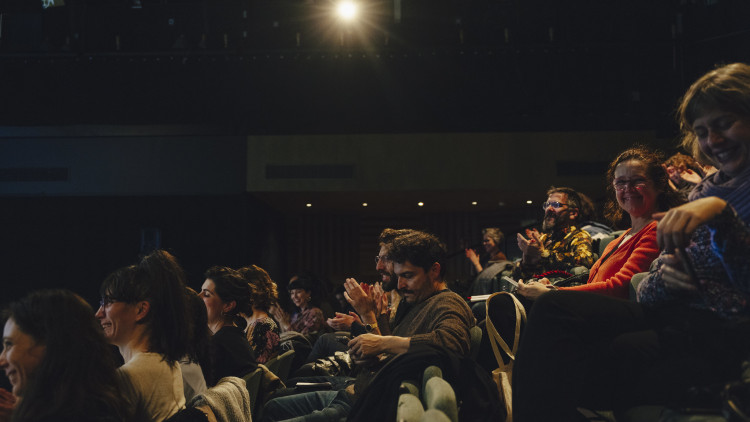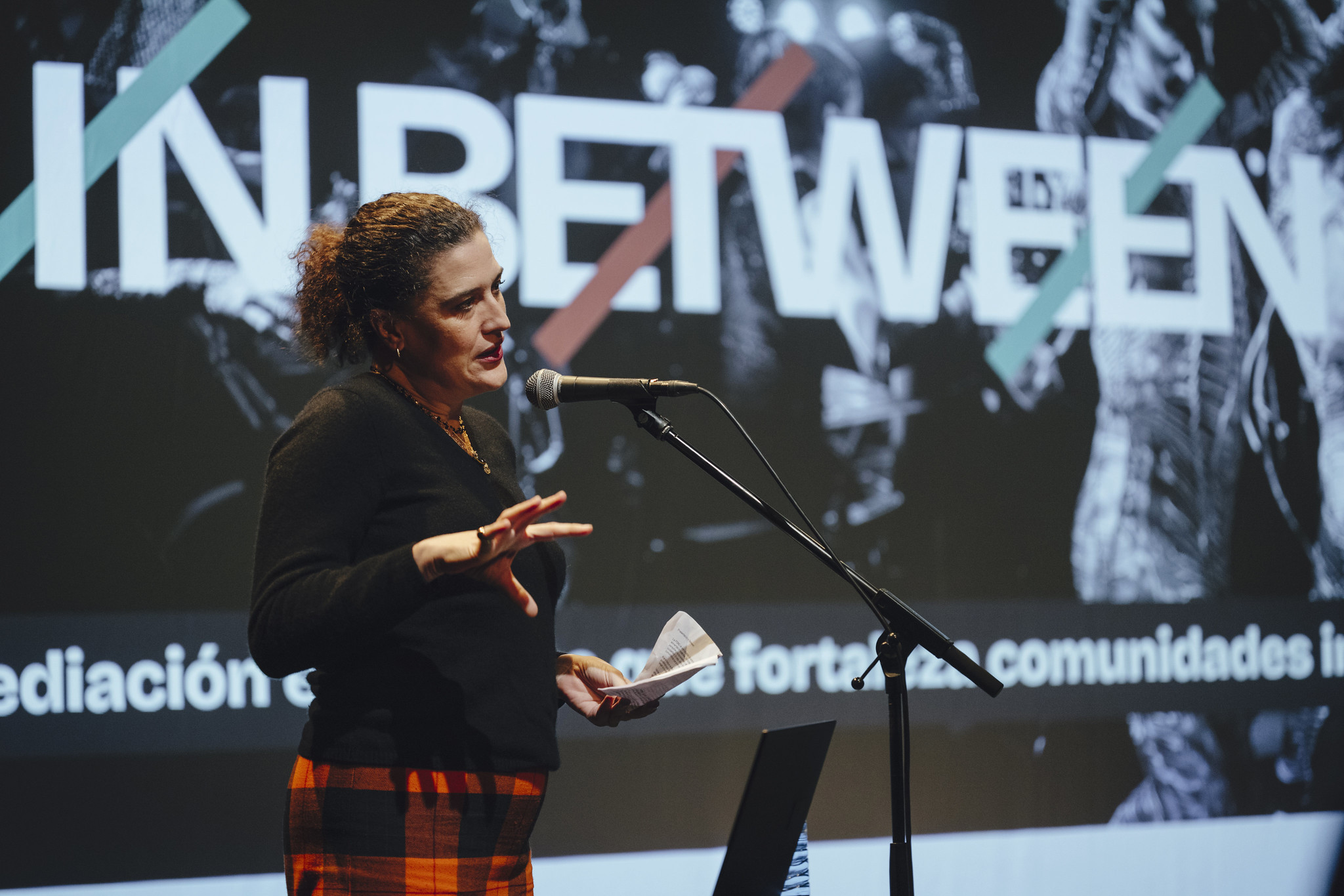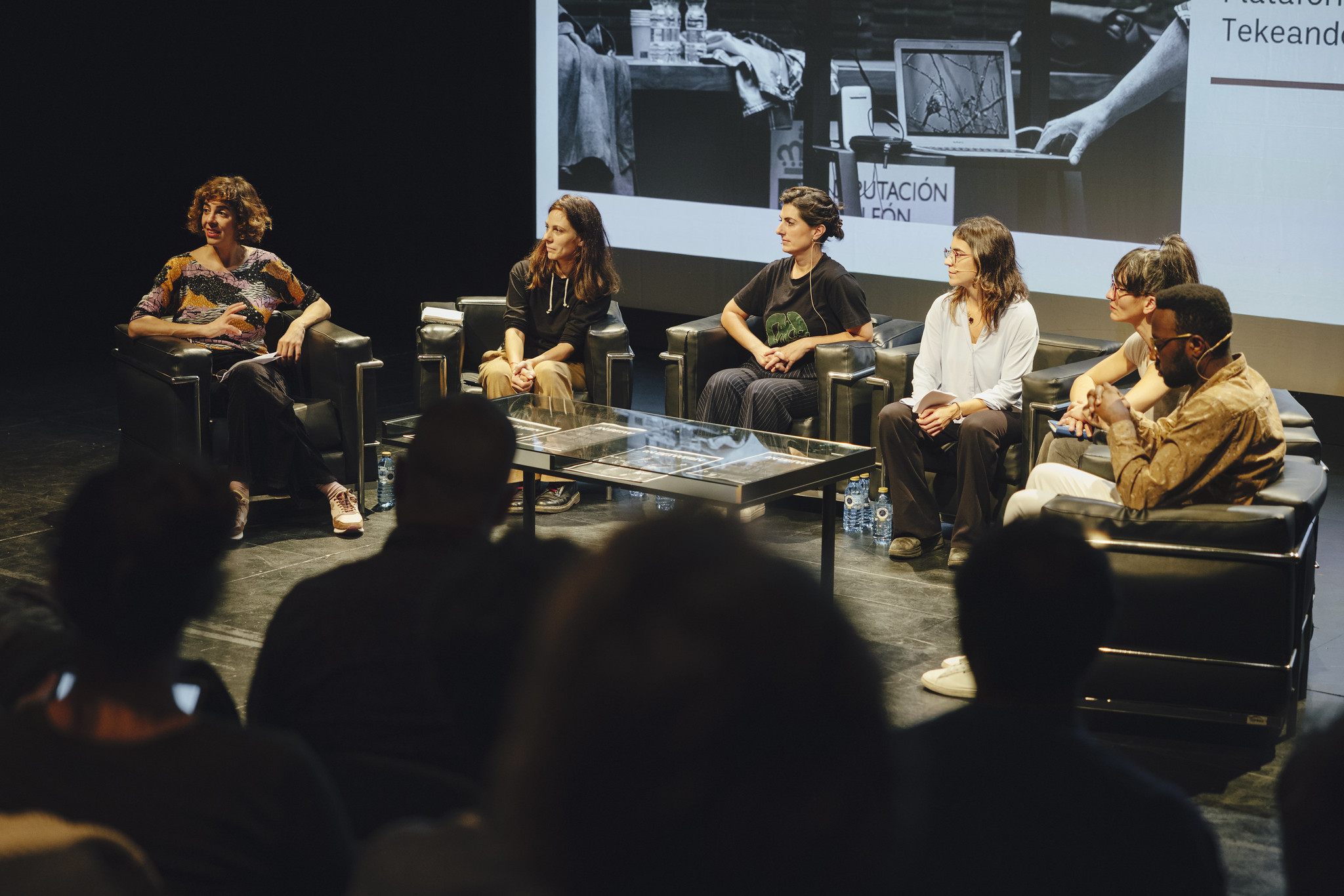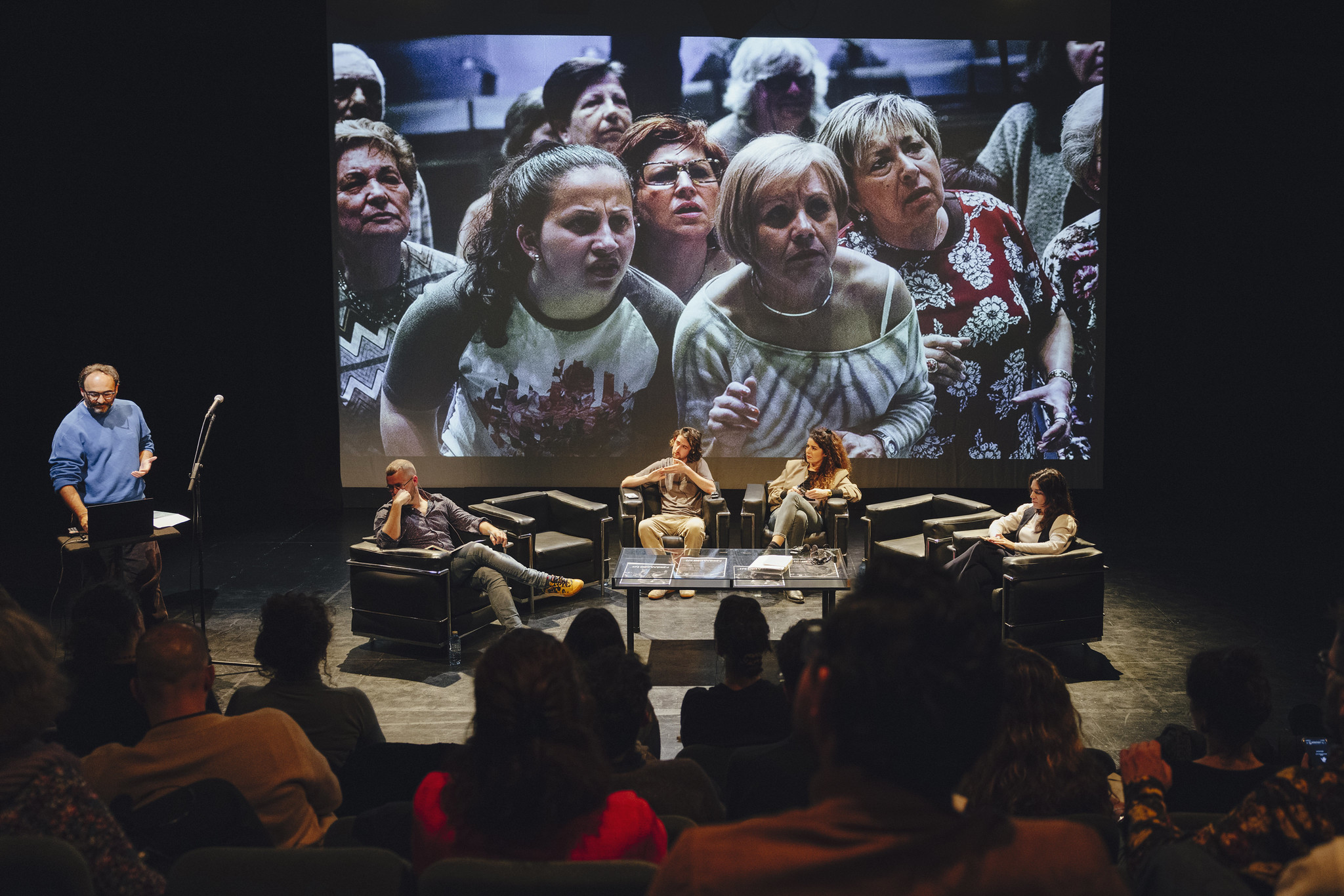Notes to keep on thinking about the future of cultural mediation

The first In Between forum took place in Sevilla last November with the aim of boosting a cultural mediation model as the building block of cultural policies in Europe.
On the 30th November, Sevilla's Teatro Central was the hosting venue for the first 'In Between. Strengthening inclusive communities through mediation in Europe' forum, conceived by Concomitentes and ZEMOS98 with the support of the Spanish Presidency of the Council of the European Union and Acción Cultural Española. The event aims at boosting a cultural mediation model as the building block of cultural policies in Europe, thus thrusting such participatory artistic practice into the spotlight.

The forum's key findings —that will serve as the road map for the 'In Between' project in the coming months— started off with the difficulty in naming the expert that conducts the cultural mediation: either curator, mediator or community cultural worker... The complexity in mediation starts from the very naming of the professional in charge of it. In this regard, naming the practice may not be as urgent as the practice itself and the ways of doing that nurture it.
Placing the communities at the centre, enabling gatherings, fostering the listening and dialogue skills to negotiate and reach agreements, strengthening the citizens' agency, or vindicating the sensory display that art may bring about are all ways of doing that define cultural mediation.

Cultural mediation: artistic, transdisciplinary, and participatory
There is no question about the co-creative dimension of the cultural mediation practice: it has the value of coupling open and participatory processes. Such assembly is enabled by the generation of spaces for expression, where anyone who so wishes can express their complaints, attractions or desires. That space ceases to be a place for the "I" and becomes a place for the "we", a place where the collective ailments are shared.
As the listening and speaking space is being generated, the creative freedom of the artist must be observed in order to guarantee a comfortable place for creation where a dialogue can be established among all, where everyone, from their roles and know-how, can do their bit to lessen what hurts or to intensify what is wished for.

It is worth considering that, for the mediation practice to develop properly, clear language and communication must be built in order to facilitate work dynamics where debate and exchange are fostered. The legacy left beyond the final artwork must be pondered and analysed. Likewise, the shared ownership has to be materialised.
What's left of mediation without a recap: the evaluation for the closure
Lastly, creating evaluation techniques that contribute to improve the processes and to render visible their extent would be necessary. What and how to measure? Those are two of the big challenges cultural mediation is facing. Data and accounts displaying the different impacts are needed, especially those concerning the legacies left behind, that are not just object production but tools to strengthen mutual support networks.

Only if the citizens' agency is safeguarded can there be cultural mediation. Failure to do so would entail a different cultural process. The strengthening of a critical society is the cornerstone upon which cultural mediation is built. Given its social impact, public policies must be at the service of strengthening cultural mediation. Hence the need for forums such as 'In Between', where the ways of doing art and culture together can be built jointly.
